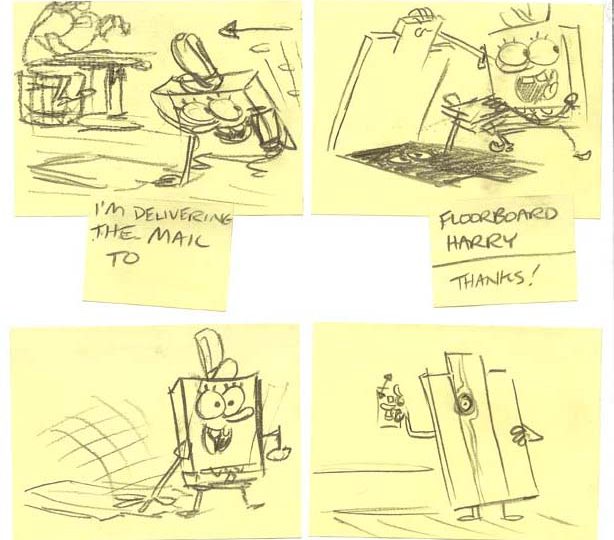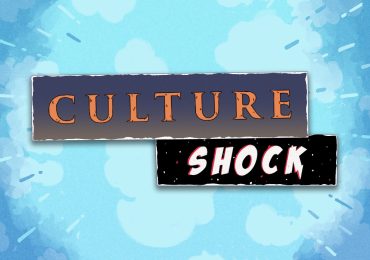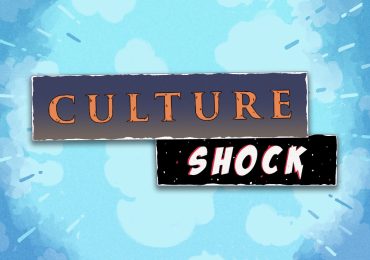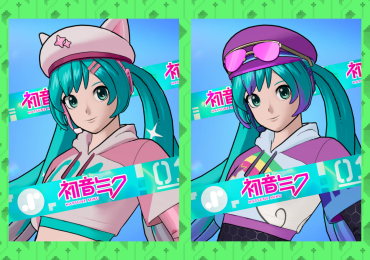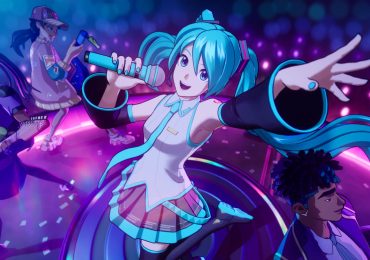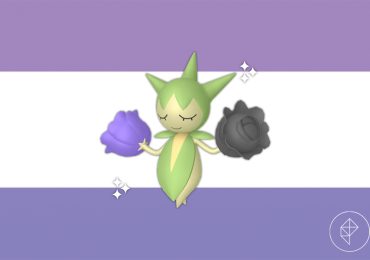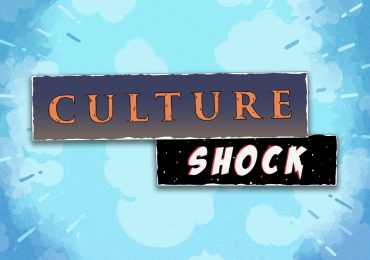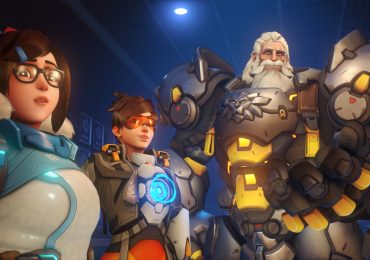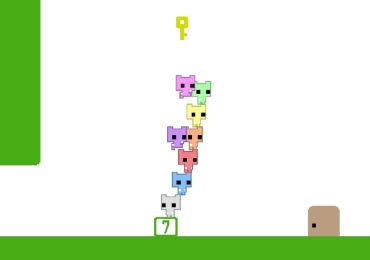In the premiere of SpongeBob SquarePants season 13, which wrapped last November, Mr. Krabs faces a familiar dilemma. The Krusty Krab is inundated with people bringing their pets to dine with them, which is a major health code violation. Does he kick these customers out and lose their money? Or does he… make the Krusty Krab the premier restaurant for pets-only, forcing other aquatic creatures to dress up like snails and worms in order to eat Krabby Patties? You can probably guess which one the money-hungry crustacean goes with.
To a millennial SpongeBob fan who grew up with the show in its early years, most notably its first heyday from its July 1999 premiere through the release of the first movie in 2004, this premise may seem par for the course. But the rest of the episode is anything but. SpongeBob, Squidward, and Plankton inevitably join Mr. Krabs in his latest money grab — but so do the following bit players, whom many fans may remember from their appearances in either the background of episodes or a single episode altogether: Bubble Bass, the pickle-loving bully who squared off with SpongeBob in season 1; the Alaskan Bull Worm that briefly terrorized Bikini Bottom; the “My leg!” guy in a full-fledged speaking role; Mystery the Seahorse, SpongeBob’s one-time pet; Nosferatu, who was the iconically random punchline of a season 2 episode; and the health inspector whom SpongeBob and Mr. Krabs once thought they had murdered, and then tried to bury alive.
It’s an absurd list of characters, ranging from cameos to full-fledged roles — a common tactic for a long-running show, and one that often inspires eye-rolls from fans. Here, though, it’s actually a nice surprise. Bikini Bottom was always bigger than SpongeBob and his closest crew, jam-packed with idiosyncratic characters who, for the most part, still make you smile if you see them. It’s only now, as the show celebrates its 25th anniversary, that the city has turned into something more like Springfield.
The Simpsons comparison might seem unflattering to some fans that find the longest-running animated sitcom has become notoriously bloated and barrel-scraping over the years. But, 25 years in, SpongeBob SquarePants has figured out how to make its deep roster of weirdos into its secret formula. The show is now playing around in its decades-old sandbox of characters to push itself into an even weirder direction than ever before, instead of just flailing to keep itself afloat.
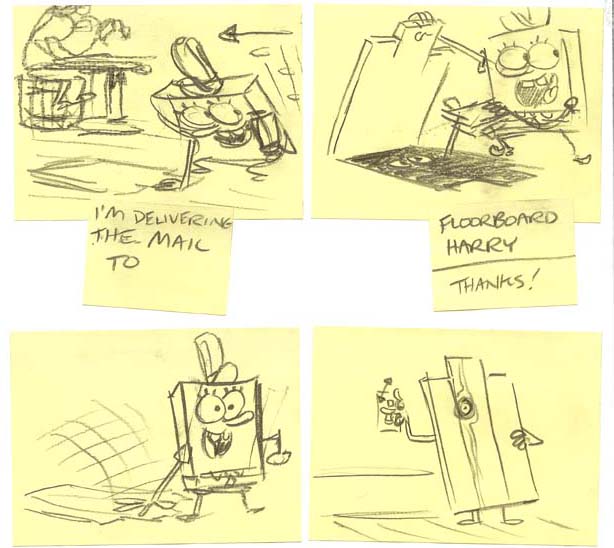
Since its premiere on July 17, 1999 (following a sneak preview after Nickelodeon’s Kids Choice Awards that spring), SpongeBob SquarePants has developed and sustained a reputation for uniquely hilarious absurdity, from its sharp, smart writing to its vibrant animation. The creative team’s reliance on storyboards over written scripts ensured that art and dialogue were intertwined from the start; as early as its first episode, the show produced quotable one-liners and catchphrases, in large part thanks to SpongeBob performer Tom Kenny’s elastic voiceover work. It also made clear how important the animation itself was to the humor, with jokes enhanced by facial expressions or visual gags. If you needed more proof of how core the look of SpongeBob is to its humor, there are myriad memes perpetually circulating online to underline just how funny the show is, independent of its context.
The show’s success during its “golden years” — the five-year period between its premiere and the 2004 release of The SpongeBob SquarePants Movie, during which the sponge was inescapable — could be chalked up to three things, as I wrote around its 20th anniversary in 2019: its child-friendly intro to surrealism; its vivid style; and how its characters remained grounded and lovable, despite the weirdness around them. The strength of SpongeBob was that it could take a premise as simple as SpongeBob discovering curse words (or as weird as SpongeBob and Squidward turning into snails) and make it surprising, smart, and sweet. Once SpongeBob and Patrick end up riddled with guilt over their swearing, they feel a compulsion to report themselves to Mr. Krabs, who warned them not to utter those curses. But even Mr. Krabs can’t refrain from using those words; SpongeBob and Patrick watch him repeat all 13 after he does something as innocuous as stub his toe. Dolphin noises cover the words, but it’s still funny and shocking to hear naive SpongeBob casually invoke them; it’s also one of the show’s most human installments, getting at the irony and fallibility of our own parents’ loose lips. And for a dose of classic weirdness, there’s a great cutaway to SpongeBob with 13 fingers, as he keeps count of each word Mr. Krabs shouts in his pained rage.
But viewers noticed a sharp decline in quality following the movie’s debut, a turn that has haunted the show ever since. One major reason for that is how later seasons abandoned that third core trait: the show’s heart in the face of all the absurdity. It was visually grotesque, characters were meaner, and stories were either plodding or trading on their shocking weirdness. Notably, creator Stephen Hillenburg (who died in 2018) had wanted the show to end following the movie’s release; the post-movie episodes reflected that sense of dispassion.
Yet somewhere in the last decade, the show figured out a more interesting and, yes, funnier direction. Perhaps it’s due to staffing: Season 10, which began in 2016, brought in new showrunners for the first time, only one writer worked on each episode, and the number of staff writers overall diminished, which created a more cohesive tone. Newer, younger artists have also entered the fold, working on everything from character designs to backgrounds. Together, this team has helped reinvigorate the show by pulling from its own history, telling original stories without feeling repetitive or stale.
That season 13 premiere is an extreme example of something that happens regularly now: Characters who never had a reason to interact are now grouped up, set free to see what happens. The “My leg!” guy got his own episode. Bubble Bass, who appeared just a few times in the show’s first decade, is practically a supporting character now, appearing in seven times as many episodes in the last four seasons than all the previous ones combined. And Plankton’s computer wife Karen has graduated to robot-wife status, as she now has arms and wheels with which to roll around and go hang with the “gal pals.” (Yes, it seems like the writers finally realized SpongeBob is a boys’ club, and the way they’re rectifying this is by having Karen go on girls’ trips with Sandy, Mrs. Puff, and Pearl.) Even when the stories are weird, these mash-ups are always interesting and often entertaining — almost like professionally produced SpongeBob fanfiction. Like the best transformative work (and unlike other animated series that have lasted this long), late-period SpongeBob is not just trying to reference itself. It’s taking the show’s bones and using them to create something wholly new.
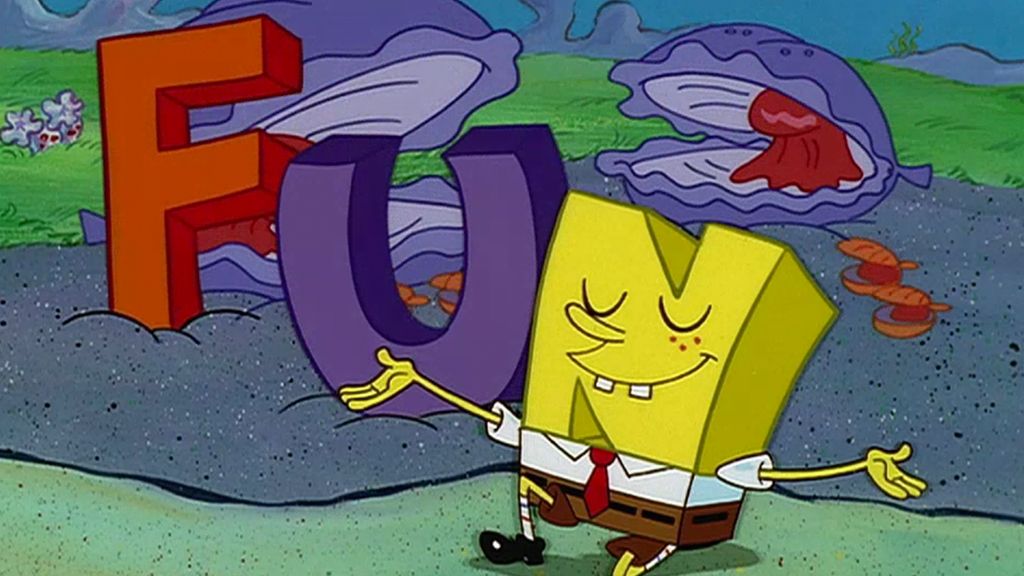
Nickelodeon
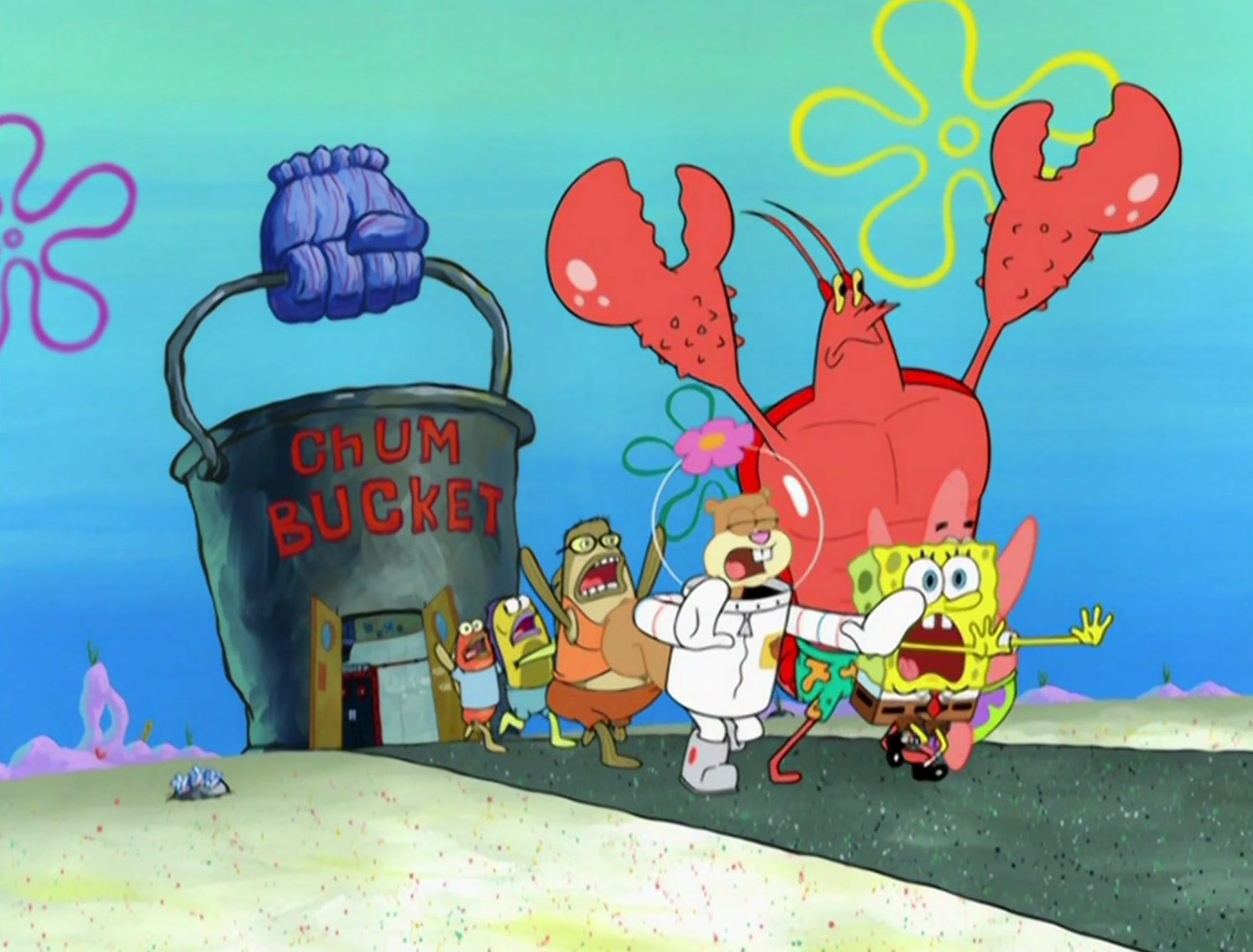
Image: Nickelodeon
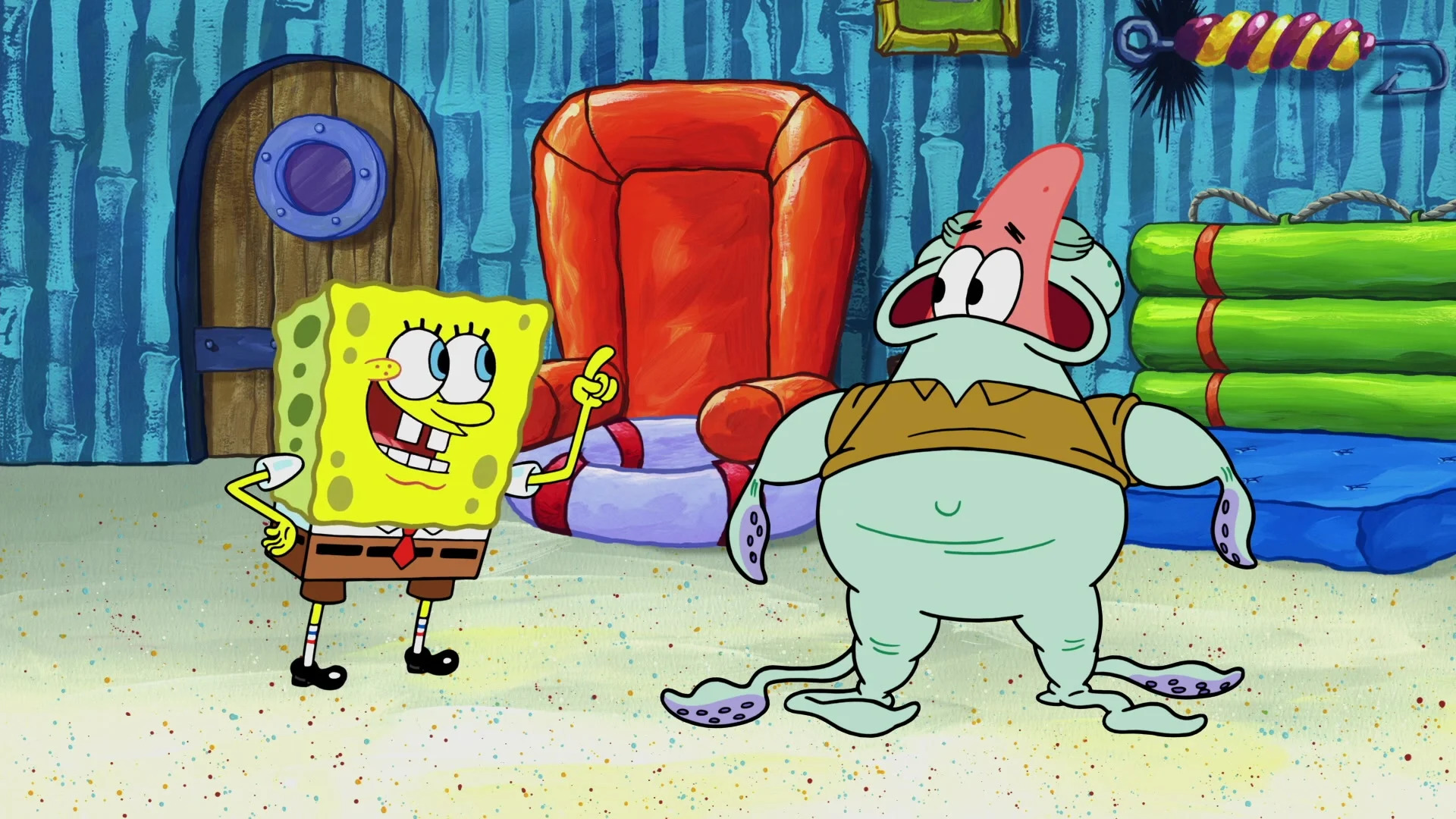
Image: Nickelodeon
After 300 episodes, it makes sense that SpongeBob is getting self-referential. Those stories aren’t always successful, which happens with a “throw stuff at the wall and see what sticks” ethos. But when it works, it really works: The best episodes are surreal, expressive, and visually daring, like they were at the show’s peak. In particular, the animation’s effect on the humor is obvious again, with individual frames sometimes earning the biggest laughs. One episode from season 12, “The Hankering,” has a great, blink-and-you’ll-miss-it moment when Mr. Krabs throws his head back out of a trash can, his teeth phenomenally jacked-up, eyes wide, a boot hanging for his mouth. (Why is he doing this? It’s complicated; for that, you will have to watch the episode for the story.) It flashes on screen for no more than three seconds before his expression changes back to something normal — making this a very small, yet wildly funny visual gag created by smart editing and playful storyboarding.
“Playfulness” defines not just the show in its modern state, but the franchise overall. The series’ two spinoffs, Kamp Koral and The Patrick Star Show, both exist outside of the main canon — something referenced directly in Kamp Koral, which retcons every character’s origin story. (When I tell you SpongeBob now exists in three parallel timelines, know that I am not kidding.) Kamp Koral isn’t much to write home about, beyond the weirdness of its alternate reality; it’s clearly a product of Paramount Plus’ need to beef up its exclusive little-kid content. In fact, the streamer burned off the show’s second and final season earlier this July, dropping all 13 episodes at once with little fanfare.
The Patrick Star Show is much more interesting. This spinoff has aired two surreal seasons since its 2020 premiere, and it’s notably bound to its own surreal, internal logic. The show diverges from SpongeBob SquarePants’ plot conventions — Patrick’s family is made up of new characters; SpongeBob isn’t a fry cook; Squidward is just some guy — as Patrick travels through different dimensions and plays with different animation styles (and sometimes live-action), filming it for his own nonsensical TV show-within-a-show.
Part of the fun lies with the animation staff, which includes younger artists who clearly grew up on SpongeBob and relish the chance to take it in a new direction, sharing their work for the show on social media. It also features idiosyncratic animation legends like the renowned Ren and Stimpy director Bob Camp, who imbues the show with a comically frenzied pacing, and the similarly slapstick-y The Adventures of Billy and Mandy creator Maxwell Atoms. The entire vibe is reminiscent of something slapstick-y like Looney Tunes, albeit with its randomness turned up to 11.
One emblematic episode of The Patrick Star Show stars Bubble Bass (this guy is everywhere!) as a Nostalgia Critic-esque content creator, filming movie reviews from his mom’s basement. Bumbling Patrick and his sister Squidina visit him and drive him nuts, jeopardizing his show to his single-digit audience. It’s probably the most Extremely Online-coded that SpongeBob’s ever been — which makes sense, given how Extremely Online SpongeBob is as an entity now. Because Gen Z grew up on the show, they’ve helped ensure SpongeBob is omnipresent on everything from X to TikTok. There are those memes, of course, and social media is rife with references, reaction gifs, and clips. SpongeBob has even become an AI pop star. And 20- and 30-somethings living their dream and getting to work on the franchise, as several have had the chance to do with The Patrick Star Show in particular, paints a bright future for it.
SpongeBob SquarePants will probably never recapture the heights of its glory days; it’s hard to do that after 25 years, and it’s not fair to expect it to. But what it is doing, and hopefully will continue to do, is lean into its slap-happy outrageousness, its infectious sense of fun that touches everything from the smallest facial expressions to the creatively chaotic writing. It’s nice to know that, a quarter of a century in, there’s still plenty of life down there in Bikini Bottom.
